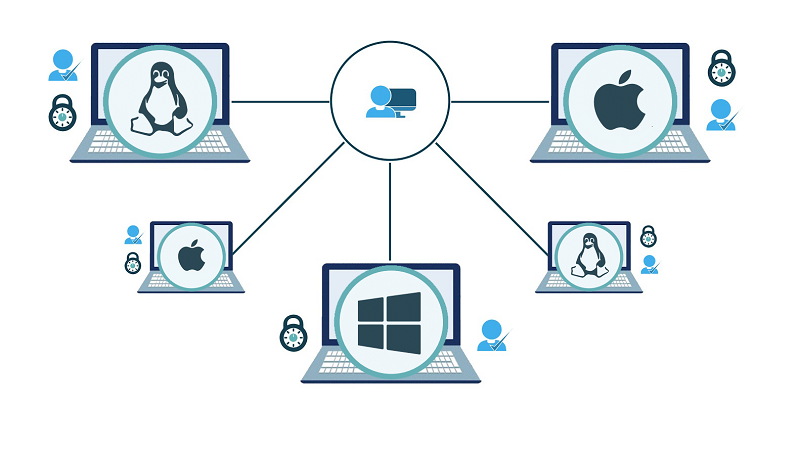Endpoint management is a software that allows you to manage and secure the servers and other IT devices from a single platform. The software is the result if enterprise mobility management and client management have a love child. As the IT department expands, administrators would find it a challenge to employ several tools for device management of the network and server.

This is where the endpoint management will come in, which is to allow your organization to manage several categories, such as:
- Corporate Owned, Business Only (COBO)
- Choose Your Own Device (CYOD)
- Bring Your Own Device (BYOD)
- Corporate-Owned, Personally Enabled (COPE)
The solution also features compliance evaluation, asset management, and patch management. For example, by installing one in your systems, you can make sure all unauthorized devices will be barred from the network. Also, all your software products will be up-to-date to guarantee that the latest patches are downloaded.
For companies with mobile device management (MDM) systems in place, they might think that endpoint management is redundant. They are only partly correct. The latter features wider capabilities, which include device compliance and governance. Two features you could not find in MDM.
Contents
What Does Endpoint Mean, Anyway?
Those who have heard the term for the first time might be confused with the first half of this article. But it really is quite simple. An endpoint refers to a remote device that relays and also receives data or communication within the network. Here are some examples of endpoints:
- Laptop
- Computer
- Workstation
- Server
- Tablets
- Smartphones
- Point-of-sale systems
In most instances, organizations only secure one or two endpoints, which means that their network remains vulnerable. For example, even if you install an antivirus on your server or computer, but fail to secure the WiFi, where smartphones connect, then you cannot guarantee 100% protection. Cyber-criminals can still exploit the vulnerability in your systems.
So, Endpoint Management is An Antivirus?
Not exactly. But endpoint management does include antivirus among its tools of defense to include a firewall or whitelisting, among others. But the solution is much more than merely protecting your systems from external or internal attacks.
The software has so many features that would enhance your IT tasks and goals. Among the features of endpoint management are:
- Inventory of software and hardware
- Voice and AI support
- Patch reports
- Device discovery
- Audit log
- End-user access
- Software distribution
- Third-party patching
- Device tools
- Inventory history
- Onboarding and training
- Remote control
- Chat and email support
Remote desktop access, for example, is not a feature you can find in antivirus software products. The solution allows you to use your mobile device to access your workstation and server. It does not matter wherever you are in the world as long as you have an Internet connection. You only need to log in to the dedicated website to obtain reports securely. It can also patch any of your devices, regardless of whether or not they are running on Windows, Linux, or macOS.
When you install endpoint management, you will quickly get a snapshot of the comprehensive status of your systems-not just the computers, but the operating systems and the cloud, as well.
Conclusion
So, as you can see, the endpoint solution is not merely an antivirus. The scope is wider, and you have fuller control over the devices and networks when you install the software.






























